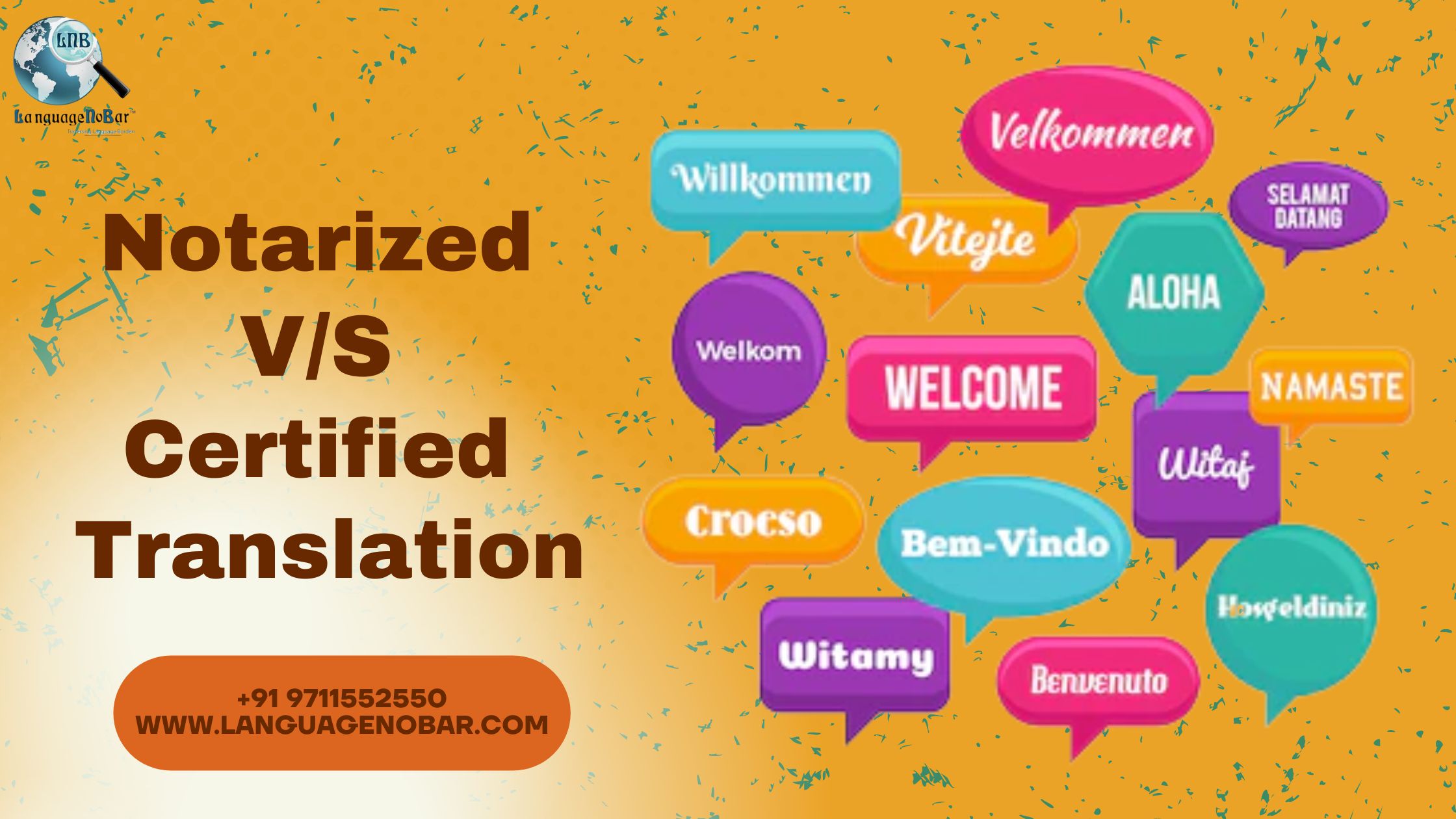People can have trouble telling a notarized translation from a certified one. They are frequently asked to present documents that have been professionally translated, so it might be confusing to know which ones are required. While a notarized translation just demonstrates that the translation copy is factual and compliant with the law, a certified translation seeks to demonstrate that the document has been translated accurately. Let’s understand this in deep.
While one institution might accept a certified translation, there may be times when another institution will require you to get your translated documents notarized. But it’s important to keep in mind that only certified translations can receive notary approval. The best choice would be to visit the translation agency that the public notary you have applied to works with if you want a notary to approve your certified translation. Maybe a few words should be devoted to explaining how to become a sworn translator.
A direct translation of the complete source text is required. Along with the text, all non-textual components such as signatures, marks, dashes, stamps, and seals must be translated. Visually speaking, the translated copy must be an exact replica of the original. Every mark and symbol, including seals, signatures, and others, must be placed exactly where they are in the original document.
To certify and attest that the translator or the translation service provider confirms that the translated document is an accurate and genuine translation of the original source document, they must issue a properly signed and stamped certificate of translation, which must be followed by the company seal.
The government has given a notary public the power to oversee and validate several legal procedures which requires best legal translation services, including translation. The notary public neither does the translations himself nor verifies their accuracy. A translated copy must be provided, certified, and the translator must file an affidavit swearing under oath to the accuracy of the translation in front of a notary public in order to complete the notarization procedure. In order to submit the notarized documents to banks, other financial organizations, immigration agencies, or courts, it is customary.
The terms “certified translation” and “notarized translation” are not interchangeable. In general, individuals tend to mix up and regard these two services similarly. However, as was already said, the main distinction is that in a certified translation, a certificate is given to attest to the content’s accuracy. In contrast, a notary public will certify an affidavit stating that a translation is accurate when it is notarized.
If the need for a certified translation or a notarized translation was confirmed beforehand so that one is clear as to the requirement before the service from the service provider, it would further help to ease this issue. Typically, just one type of translation is needed. Certified translation fees are typically calculated by word count, page count, or the number of hours. Although the pricing may vary, the majority of translators and language service providers do not include certification fees. Most businesses charge more per word for translation. You typically pay a fee to both the translator and the notary public when using notarized translation services. These costs are charged separately but are added. The notary public typically charges by the page, although the translator could charge by the word.
Undoubtedly, obtaining a certified translation is not simple. To get the best translators who are trained for a particular language pair and have expertise working with legal documents, contact a certified translation firm. Create a list of the papers you need to translate before submitting your submission to ensure that they have been accurately translated and notarized. That will assist you in remembering everything and supplying all the relevant information. Keep in mind that notarization is frequently required for educational purposes, whereas certified translation is required for immigration and legal paperwork.
It takes work to get a translation certified and notarized. Companies seek out certified translation services for their translation needs. Leading professional translation services employ individuals with formal training and background in working with legal documents. Make a list of the papers you need to translate, though, before submitting them. This will provide you with all the information you need to keep things under control. We at LanguageNoBar, a comprehensive language services company, are skilled in document translation in 150+ different languages. We have qualified linguists on staff who can deliver certified translations. We offer top-notch services at reasonable prices with speedy turnaround times.








